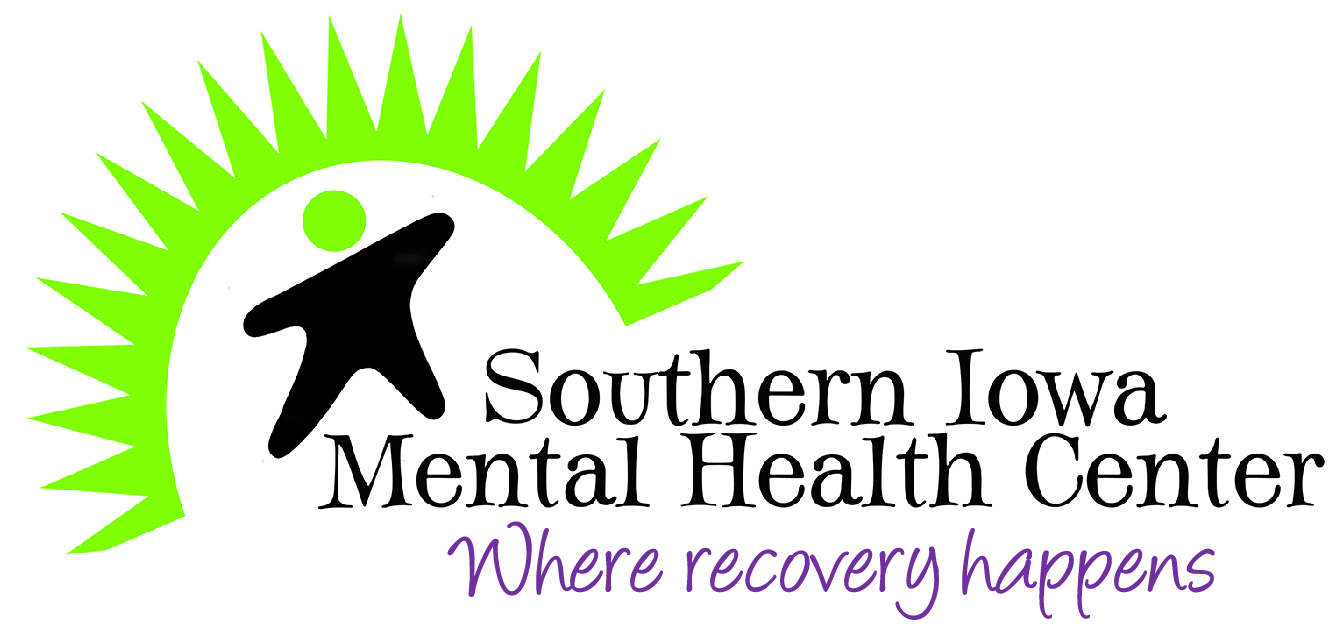Active Surveillance Feasible for Low-Risk Thyroid Cancer

THURSDAY, Sept. 22, 2022 (HealthDay News) -- Active surveillance may be a viable strategy for most diagnosed thyroid cancers, according to a study published online Sept. 15 in JAMA Oncology.
Allen S. Ho, M.D., from Cedars-Sinai Medical Center in Los Angeles, and colleagues followed 222 patients with ≤20-mm Bethesda 5 to 6 thyroid nodules who selected treatment with either active surveillance (112 patients) or immediate surgery (between 2014 and 2021; mean 37.1 months of follow-up). For patients experiencing size growth >5 mm or more than 100 percent volume growth, delayed surgery was recommended.
The researchers found that among those choosing active surveillance, 90.1 percent continued to receive treatment with active surveillance, with 41.0 percent having their tumors shrink and none developing regional or distant metastases. Size growth of >5 mm occurred in 3.6 percent of cases, with a cumulative incidence of 1.2 percent at two years and 10.8 percent at five years. Volumetric growth >100 percent occurred in 7.1 percent of cases, with a cumulative incidence of 2.2 percent at two years and 13.7 percent at five years. Of 110 patients who chose immediate surgery, less than one in five (19.1 percent) had equivocal-risk features identified on final pathology. In both cohorts, disease-specific survival and overall survival rates were 100 percent. Patients undergoing immediate surgery showed significantly higher baseline anxiety levels than active surveillance patients; this difference persisted at four-year follow-up even after intervention.
"A more permissive active surveillance strategy encompassing most diagnosed thyroid cancers appears viable," the authors write.
Abstract/Full Text (subscription or payment may be required)
Editorial (subscription or payment may be required)
Related Posts
Physicians Often Experience Mistreatment, Discrimination
MONDAY, May 23, 2022 (HealthDay News) -- Mistreatment and discrimination by...
Nueve de cada 10 estadounidenses quieren que su información de salud se mantenga privada
MARTES, 2 de agosto de 2022 (HealthDay News) -- Más de 9 de cada 10...
Surgery No Better for Wrist Fracture in Older Adults
WEDNESDAY, April 27, 2022 (HealthDay News) -- For persons aged 60 years or older...
